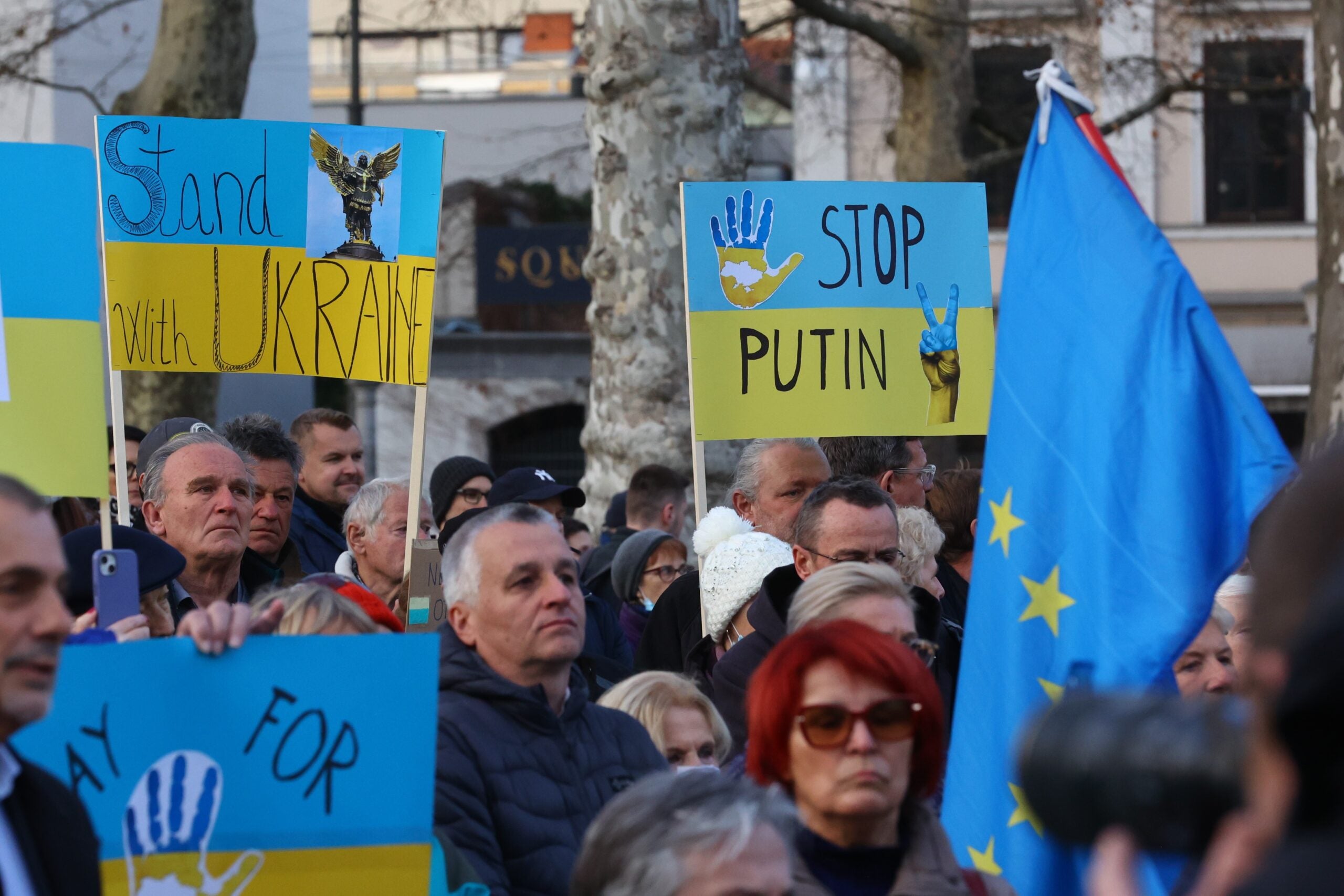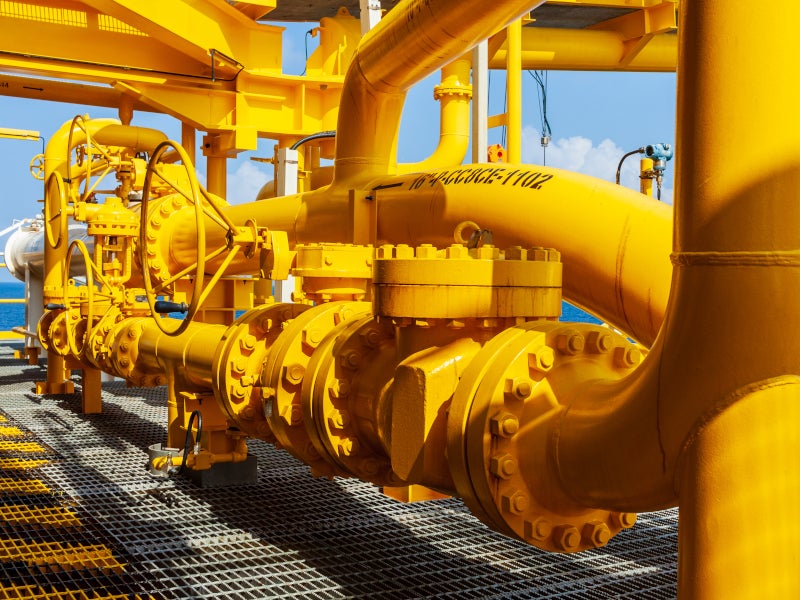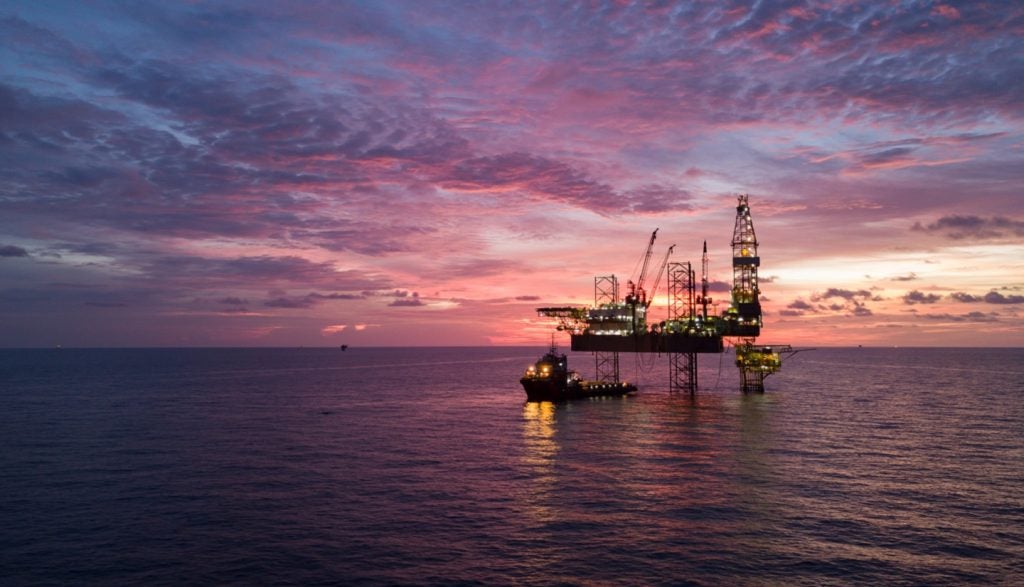
Russia’s invasion of Ukraine has changed Europe’s energy future. Since the outbreak of war, European politicians have redrawn their energy plans, aiming to exclude Russia from the continent’s future.
On 8 March, the EU revealed plans to cut Russian gas imports by two-thirds. Frans Timmermans, vice-president of the EU’s Green Deal, said: “This will end our over-dependence and give us much-needed room to manoeuvre.
“It’s hard, bloody hard, but it’s possible if we’re willing to go further and faster than we’ve done before.” (Take a look at sister site Energy Monitor to see how the sanctions could affect EU energy transition plans.)
With little internal oil and gas production, sourcing oil and gas in Europe is a matter of diplomacy versus logistics. While leaders would like to turn to their allies first, the lack of energy infrastructure complicates this solution.
Meanwhile, across the Atlantic, the question of energy security remains relatively simple.
See Also:
Understand the impact of the Ukraine conflict from a cross-sector perspective with the Global Data Executive Briefing: Ukraine Conflict
How well do you really know your competitors?
Access the most comprehensive Company Profiles on the market, powered by GlobalData. Save hours of research. Gain competitive edge.

Thank you!
Your download email will arrive shortly
Not ready to buy yet? Download a free sample
We are confident about the unique quality of our Company Profiles. However, we want you to make the most beneficial decision for your business, so we offer a free sample that you can download by submitting the below form
By GlobalDataWhy US oil and gas growth does not help Europe
On 8 March, the US announced an almost immediate ban on Russian oil, gas, and coal imports. In announcing the US boycott, President Joe Biden said: “We move forward with this ban with the understanding that many of our European allies may not be in a position to join us.
“We can take this step when others can’t, but we’re working closely with Europe and our partners to develop a long-term strategy to reduce their dependence on Russian energy as well.”
Biden later referenced the fact that the US is a net exporter of gas, allowing it to cover its own consumption. Trade with Russia gave some security to supplies, keeping costs down. In 2019, the US imported approximately $7.1bn of crude and refined oil products from Russia. This made up almost half of all Russia-to-US imports, but from March 2022, this share will fall to zero.
Since the millennium, the rapid growth of US shale oil and gas has returned the US to a position of oil and gas power. Much of this serves the US itself, offsetting previously imports from West Asian countries in the Organisation of Petroleum Exporting Countries (OPEC).
The US pumped 16,500 barrels of crude oil per day in 2020 and exported around 8,500 barrels of oil products per day. The largest share of these went to Mexico and Canada via pipeline. Asia comes next, with India, Japan, and South Korea all buying significant quantities of oil products. European countries come third, with the UK and Netherlands first among them.
The terminal problem
Gas trade tells a slightly different story: since February, Europe has become the majority consumer of US gas exports. US to EU LNG flows have steadily stepped up since an agreement in July 2018. In 2019, the EU welcomed 154 LNG import vessels, with 201 coming in 2020 and 248 in 2021. This seems set to explode in 2022, with 47 vessels arriving between 1 January and 2 February alone.
In this time, a simultaneous increase in demand from Asia has led to new record exports from the US. However, this competition will inevitably result in price rises.
Europe and the US have repaired their diplomatic ties since 2020, making the US an obvious choice for the continent’s energy supply. But while the US has more oil and gas export terminals than any other country, European import capacity provides a bottleneck. In January this year, regasification facility use rose to almost 75%, long before the war in Ukraine affected Europe’s energy calculations.
Put simply, Europe lacks the terminal facilities it would need to scale up its imports from the US. Germany has the greatest demand for Russian gas in all of Europe, but no operational LNG import terminals. Spain and France have better facilities, but while EU leaders have emphasised the interconnectedness of EU gas pipelines, these pipelines cannot carry the quantities of gas needed to power central and eastern Europe across the continent.
Years of reliance on Russia have incentivised development of trade infrastructure, making the flow of oil and gas more convenient. The North Sea, the UK, and Norway
Just after the US’ announcement, UK Secretary of State for Business, Energy and Industrial Strategy Kwasi Kwarteng announced that the UK would take a similar approach to Russian oil. Via Twitter, Kwarteng said that the country would aim to steadily reduce Russian oil imports to zero by the end of 2022, and that he was “exploring options” to end Russian gas import as well.
Compared to the EU, the UK imports far less oil and gas from Russia. The country’s notable domestic oil and gas developments also partially insulate it from geopolitical changes. However, this shrinking industry has not prevented price rises in the country, and it cannot effectively step up to supply Europe as well.
The UK’s oil and gas production has become a shadow of its former self. Instead, Norway has become the EU’s most convenient source. Almost all Norwegian gas exports go to the EU, accounting for almost one-third of imports in 2018.
While expanding Norwegian oil and gas production seems attractive, this has the opposite problem to US imports. Long term investment in Norway’s steadily depleting oil reserves seem unwise, especially given the country’s ambition to move away from oil and gas.
OPEC and West Asia
All of this leaves Saudi Arabia, the UAE, and other Gulf states as an unknown variable in the oil calculation. These countries consistently place their faith in oil syndicate OPEC, which has previously allied itself with Russia. While most OPEC countries have not openly supported Russia’s invasion, they have also shied away from supporting Europe by increasing production.
At a virtual meeting of OPEC delegates on 2 March, OPEC countries quickly agreed not to adjust production plans. Delegates said that geopolitics had caused recent price rises, so supply and demand should remain unaffected. The syndicate will continue to add 400,000 barrels per day of production every month, as originally planned in November.
Leaders of OPEC planned to keep oil production below demand for most of 2022, though possibly not this far below demand. At the current rate of supply increase, production rises would take 29 months to entirely replace all of Russia’s 2019 oil production. However, not all Russian oil has left the market.
While trade sanctions have made Russian oil less valuable, it still has buyers. Russian oil is slightly less pure than other types, containing more sulphur and contaminants than Brent crude.
While Europe had become accustomed to this, having the refineries to make it work, other buyers have not. This will further degrade the value of Russia oil, which now flows into south, east, and south-east Asia. Moreover, the lack of trade infrastructure between Russia and Asia will also degrade the oil’s value.
Hope for European oil and gas in Iran?
While some in the West have put their hopes in OPEC’s next meeting at the end of the month to lower oil prices, others hope for a repair to relations with Iran.
The invasion of Ukraine has quickly made Russia the most internationally sanctioned country, pushing Iran into second. After the collapse of the Iran nuclear deal, US sanctions against the country made its oil far less accessible to the rest of the world. Given the wealth of proven reserves in the country, a new deal for Iran would ease fears of insecurity in the oil market.
Negotiators in Iran have said “a final text is ready and on the table”, although delays and international diplomacy have kept a deal just out of reach at time of writing.
Even after a possible agreement, restarting widescale production of oil in Iran will take years. However, the certainty of a long-term production increase would calm oil traders, bringing some stability to the increasingly shaky market.
Given the uncertainties of how the war in Ukraine will change over time, valuing near-term and long-term production correctly is nearly impossible. Longer-term thinking is particularly skewed by Europe’s renewed commitment to the energy transition. With every green pledge, future prices of oil and gas fall. Efficiency savings in the energy transition will also help reduce the overall energy consumption of the continent.
Ursula von der Leyen, president of the EU Commission, has said that the body will “present options to limit the contagion of the rise of gas and electricity prices” by the end of March. Between this promise, the Iran talks, and OPEC’s upcoming meeting, the next few weeks will be crucial for oil and gas into 2023.
Understand the impact of the Ukraine conflict from a cross-sector perspective with the Global Data Executive Briefing: Ukraine Conflict





